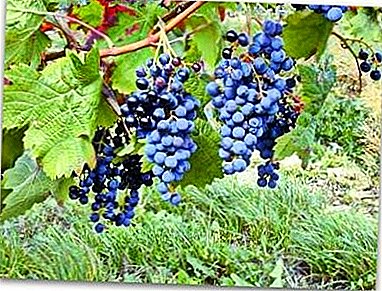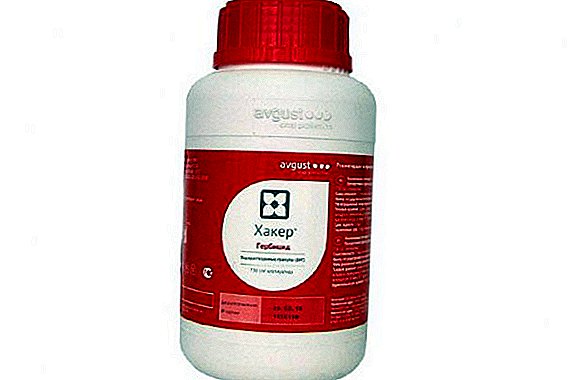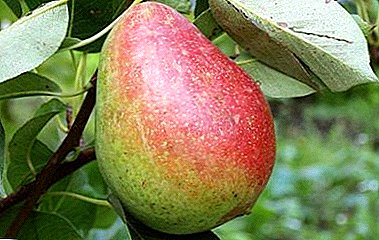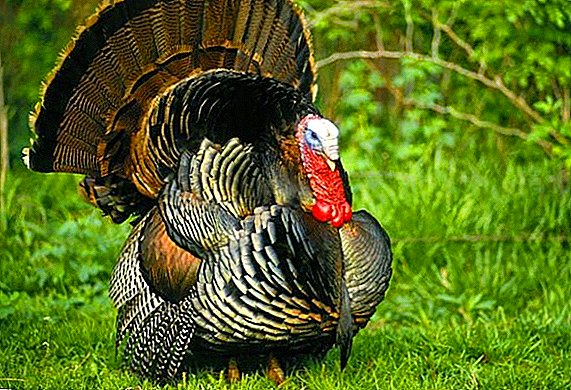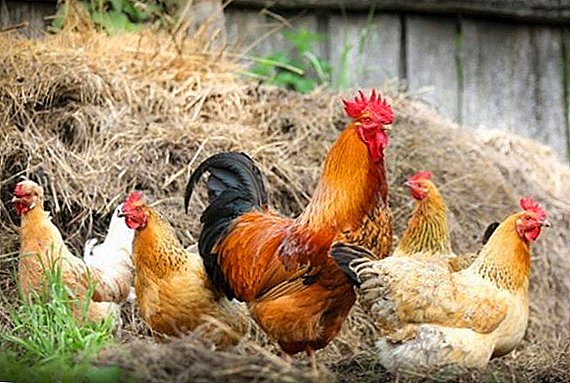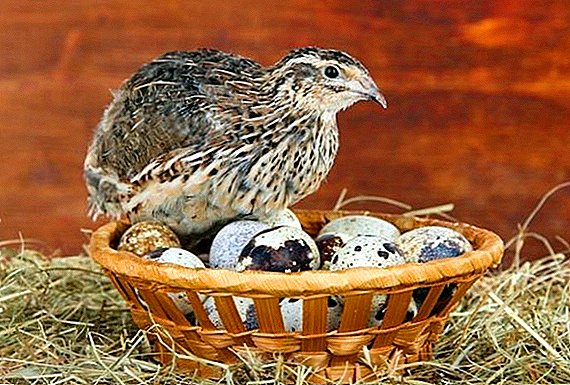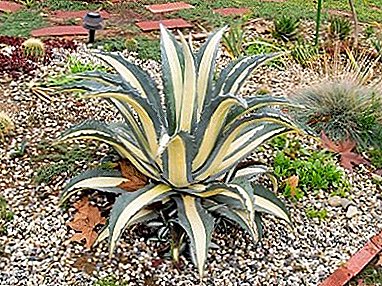
American agave is one of the oldest and most amazing plants on Earth.
It is also mentioned in the scrolls of the Aztecs, who once inhabited the territory of America, who mentioned the useful and healing properties of the Agave.
That is why it is important to know how to grow agave.
Story
This wonderful plant has got to Europe only in the XVI century, at the same time it was described by Bernardino de Sahagun in his work "The General History of the Affairs of New Spain".
The name of this plant has its own mysterious history - according to legend, it perpetuated the name of the daughter of one of the kings in mythology.
Translating a word from Greek into Russian, you can immediately understand what the plant is - "agave" - "noble".
Photo of American Agave




Varieties
The following subspecies can be called American agave species:
- Expansa.
- Latifolia.
- Marginata
- Medi-pict.
- Protamerikana.
- Striat
- Variegata
Occurs in nature
At the moment, American agave can be found in Mexico, the United States, as well as on islands in the Caribbean. In Eurasia, it is found on the coasts of the Black and Mediterranean Sea, in the Crimea and in the Caucasus.
In these climatic zones, they can grow in open ground, but in more northern latitudes, it can only be found in a greenhouse or as a houseplant.
There are only two cultural species of American agave:
- Marginala - the edges of the plant are colored bright yellow.
- Mediopicta - the central part of the leaf is wide and colored yellow.
Home care
Bloom
 Agave flowers always bloom once, after which they begin to die gradually.
Agave flowers always bloom once, after which they begin to die gradually.
After a few months, small processes will appear near the rhizome, which exfoliate and create their own full-fledged plant.
When exactly will bloom, difficult to predict.
In nature, some species of Agave begin to produce flowers on the stage. 10-15 yearsothers when them 20-30 years.
There are also those that bloom after 100 years.
Peduncle pretty impressive size, so that within 2 months The plant will delight you with its appearance.
The flower opens gradually, also for several months.
However, it is worth noting that in bondage, that is, at home, the American agave blooms extremely rarely.
Features care after purchase
Having bought American agave, care at home does not give you trouble, the plant only needs to be watered and put in a favorable place for it.
Lighting
First of all, you need to choose a suitable place for the American agave.
They can be well lit space (both in winter and in summer).
It is desirable that the window was either from the south, or east, or west side, but in no case not north.
In the summer, it can be taken out to fresh air, but make sure that did not rain.
Temperature
 To temperature American agave is enough demanding. The thermometer should not lower below 18 ° C
To temperature American agave is enough demanding. The thermometer should not lower below 18 ° C
It is advisable to maintain the temperature in the room about 24 ° Cbecause it is considered optimal.
Some species are able to endure cold in 10 ° C, but need to be sure, does this apply to your type of plant.
Air humidity
Humidity should be moderate and does not need to be raised. Therefore, spray leaves extremely Not recommended.
Watering
When the plant is growing season, it is recommended to water it all 1-2 times a week. Before watering, you need to make sure that the earth has managed to dry out.
In winter, the plant slows down its physiological processes, so water is only required once in two weeks.
It is worth noting that the water during watering should not stand around the stem. It is recommended to install good drainage.
Fertilizers (dressing)
In spring and summer, the American agave is recommended to be fertilized with special mixtures for cacti.
As an additional fertilizer can use mineralswhich are poor in nitrogen.
Need to feed every two to three weeks.
Especially important do not overdo it with top dressing, because with its excess plant starts to fade.
Feed in winter not required.
Transfer
 While the plant is young you need to replant it Every year.
While the plant is young you need to replant it Every year.
And already adult agaves should be touched as needed, or once in 3 years.
When transplanting it is recommended to use a special mixture for succulents.
The American agave must be transplanted into the prepared soil, in which there must be turfy ground, peat, sand and brick dust. All components to take in equal amounts.
When landing Not recommended to deepen the neck of the plant - it must be above the level of the soil.
Breeding
Agave can be diluted in several ways:
Seed - breeding is done in the spring. Wherein can not remove inflorescences, because you need to give them time for ripening, so that then seeds appear. This is the most slow breeding method American agave.
By scions - after the scion is separated from the main stem, you need to give it time to dry up.
Only after one day can they be planted in a soil that is slightly moistened. Once again, water the plant will need to Two days later and so as not to erode the soil.
The cut stalk must dry up, after which it is treated with charcoal. To make the flower better rooted in the pot you need to add some sand.
Diseases and pests
 American agave love to attack thrips and scythestherefore recommended regularly inspect the plant.
American agave love to attack thrips and scythestherefore recommended regularly inspect the plant.
If pests are still found, they should be removed. a cotton swab dipped in alcohol.
If the plant is affected all you need use the drug "Actellic".
Besides it can help Porridge made from garlic, soap and water.
She needs to wipe the leaves of the plant.
If on the leaves there are brown and black stains, it means that agave is affected by fungus. Plant need process the fungicide.
Agave is also susceptible to the scythe, mealybugs and rotting of the roots.
Beneficial features
Agave is American, its treatment is suitable primarily for those who suffer not from one, but from several diseases. Plant becomes curative after three years of its life.
It was then that a sufficient amount of useful substances accumulated in its leaves and juice.
Agave can be used as:
- Laxatives;
- Anti-inflammatory;
- Painkiller;
- Disinfectant;
- Antipyretic;
- Expectorant;
- Gynecological preparations;
- Neurological drugs;
- The drug for the liver.
Thus, American agave is an amazing and unpretentious plant that can serve you both as a source of aesthetic experience and as an irreplaceable medicinal drug against many diseases.



